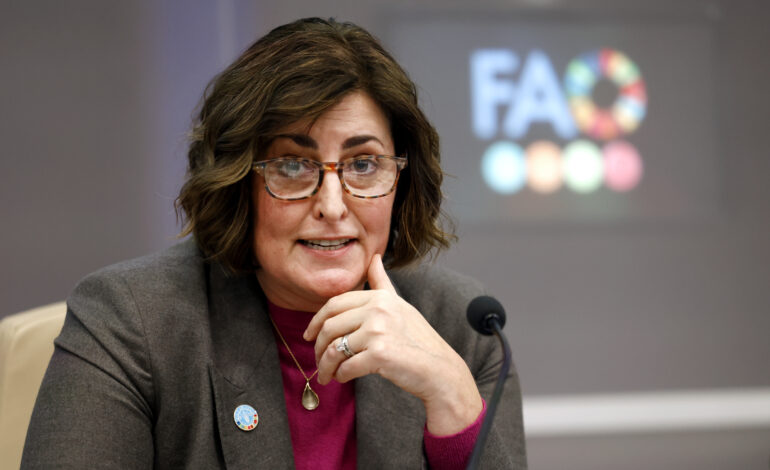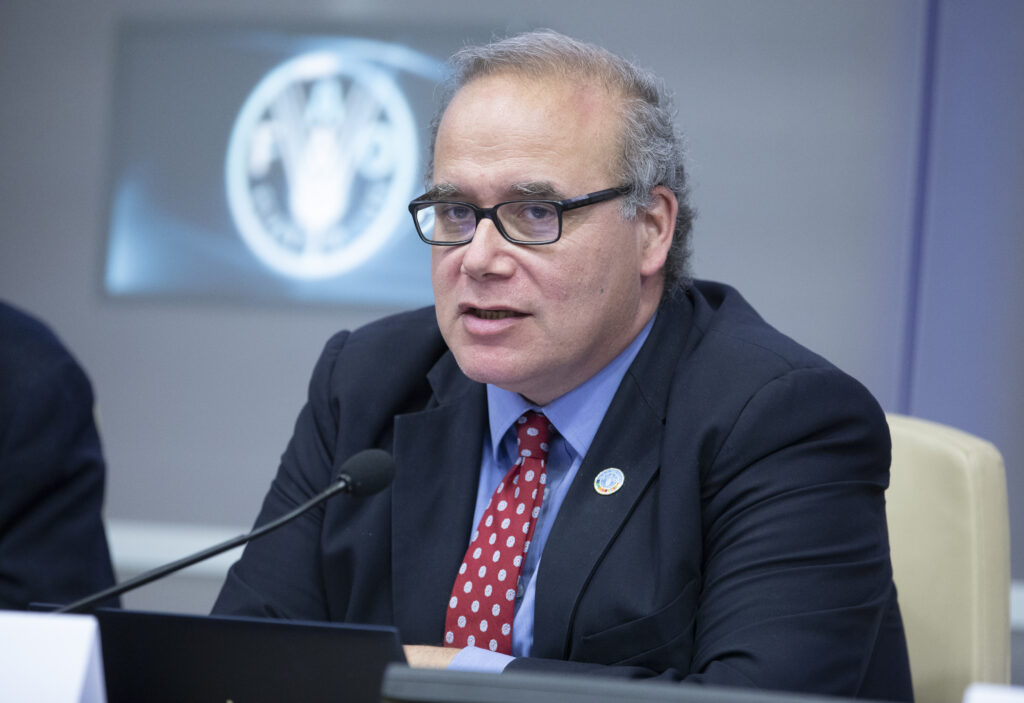
Avian influenza is sweeping through the Americas—devastating poultry farms, disrupting trade, threatening wildlife, and infecting humans. This crisis is no longer confined to agriculture. It is a test of our collective readiness for transboundary health emergencies.
Since 2022, over 4,700 outbreaks of highly pathogenic avian influenza (HPAI) have been reported across Latin America and the Caribbean, affecting poultry, wild birds, marine mammals, and pets. In recent months alone, Argentina, Colombia, Mexico, Panama, Peru, and Puerto Rico have reported new cases. Human infections have been confirmed in Mexico, Chile, and Ecuador. The virus follows the natural paths of migratory birds—traveling the Pacific, Atlantic, and Central American flyways that connect ecosystems from Canada to Tierra del Fuego.
At the Food and Agriculture Organization of the United Nations (FAO), we are tracking a rapidly expanding crisis. Since 2003, HPAI has been reported in more than 135 countries and territories. It has spilled over into at least 60 terrestrial mammal species and 20 marine species, including dairy cattle, sheep, and household pets. Human cases are also increasing, underscoring the risk this virus poses beyond the poultry sector.
In the United States, the scale is staggering. Over 100 million domestic birds have been impacted. As of April 2025, H5N1 avian influenza has been detected in 989 U.S. dairy herds across 17 states, with 70 confirmed human cases, primarily among individuals exposed to infected animals. It has crossed species barriers—moving from birds to foxes, seals, cats, and now dairy cattle—where the economic, agricultural, and trade implications of viral spread are profound. The emergence of infections in cattle has disrupted farm operations and triggered movement controls in major dairy regions. The detection of H5N1 in livestock represents an important development, prompting renewed attention to biosecurity, veterinary capacity, and the resilience of food production systems across the Americas.
This is a crisis of food, health, and ecology—intertwined, accelerating, and beyond the reach of siloed responses.
Poultry production underpins food security across the Americas. It sustains millions of small and medium-scale producers, fuels trade and puts protein on the plates of millions of families. But too many backyards and smallholder systems remain unprotected. Without coordinated support, they risk becoming entry points for even more dangerous outbreaks.
National containment strategies are essential—but they are not sufficient. A virus moving through migratory bird flyways that span continents demands a response that is just as far-reaching. Fragmented, country-by-country efforts risk delayed detection, inconsistent containment, and cascading effects on agriculture, trade, and public health. What is needed now is stronger—not weaker—international coordination, bold leadership, and sustained investment in animal health systems.
We know how to respond. Investments in biosecurity, surveillance, early warning systems, and local veterinary capacity have proved effective in countries that have adopted them. In 2023–2024, FAO’s animal health teams worked in over 50 countries and helped control more than 440 outbreaks of transboundary animal diseases, including avian influenza—quickly, cost-effectively, and in close coordination with national authorities. In Latin America, FAO launched emergency programs in eleven countries, from Argentina to Honduras, to deploy early detection tools and bolster frontline response. In the U.S., new efforts to strengthen biosecurity and on-farm testing have begun to stabilize egg prices and reassure consumers. A strong and actionable public-private partnership needs to be in place before the crisis takes over.
These efforts point in the right direction—but they must be connected.
For more than two decades, FAO has supported countries in confronting avian flu. That work is not only an act of global solidarity. It is a direct investment in safeguarding food systems, economies, and public health.
No country can stop avian influenza alone. But together, the Americas can build smarter, faster, and more resilient systems to contain it.

Photo credit must be given: ©FAO/Giulio Napolitano. Editorial use only. Copyright ©FAO.
Photo credit must be given: ©FAO/Giulio Napolitano. Editorial use only. Copyright ©FAO.






